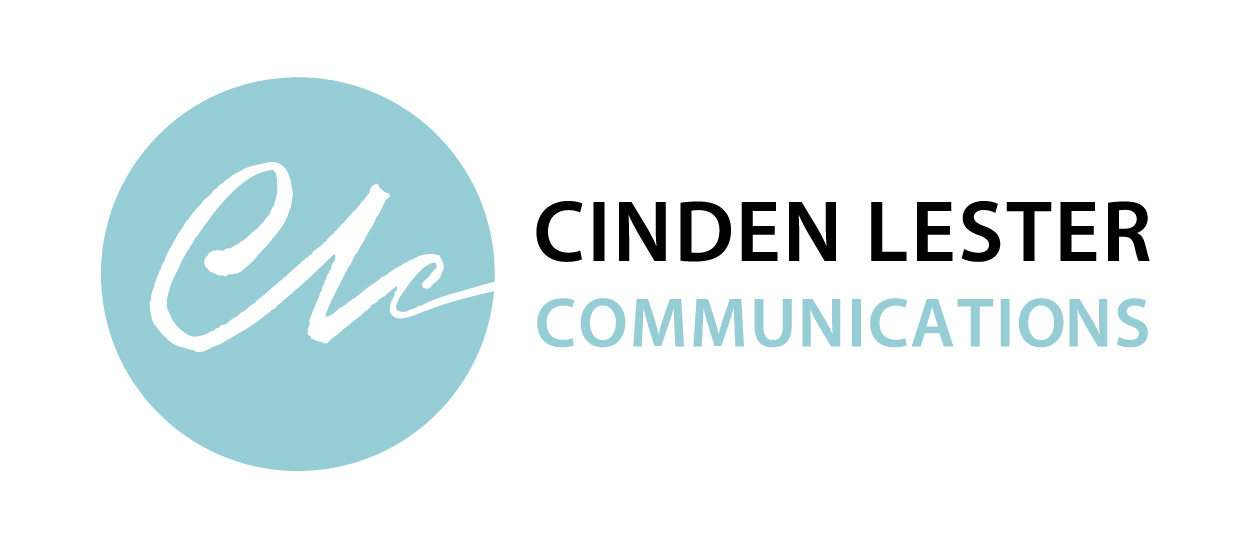
Does your writing feel like an unruly courtroom sometimes? Too many thoughts and too much information vying for attention?
Wish you could bang that judge’s gavel and bring your document to order?
Well, here are some tips to help you do just that…
Know your brief
In this era of information overload, having a clear brief and knowing your purpose is vital. Taking the time to clarify the objectives and expectations up front can save you from making mistakes or having to start over down the track. After all, no one wants a mistrial…
Know who you’re trying to convince
Be clear about who your audience is and what you want them to think, feel or do after reading your document. This helps sharpen your focus and sift through the information to identify what is relevant and meaningful for your audience. It also helps you determine the most appropriate tone and style.
Rock your opening statement
Start at the end. Really. Unless you’re writing a mystery novel where readers expect you to drip feed clues and build up to the big reveal, it’s much better to state your case up front. Like the American Bar Association says, effective opening statements mean that jurors—or in this case, your readers—are left with an understanding of the case’s theme, an eagerness to learn more, and an appreciation for the ultimate judgement they will be asked to make.
Present your evidence
Now it’s time to support your opening statement with the relevant evidence. One way to organise your information is by grouping related content into themed ‘buckets’. Then you can figure out the best order for the buckets. Consider the most logical sequence to maintain a coherent thread through your document that explains and builds the case behind your opening statement.
Use headings and subheadings to create the structure and guide your readers. Start each new section with the key point and then provide your supporting reasoning, examples, facts and figures.
It might help to draw up a document outline or skeleton of these major sections. This can help you organise your ideas and information into the most logical structure. It can also help you identify gaps, content that can be moved to an attachment, and opportunities to use images, diagrams and tables to convey information. And it can help you see where case studies or other break-out information could be added to further illustrate your point.
Play by the rules
Be aware of the necessary framework for your particular document and structure it to avoid ‘objections’ that can cause rewrites. For example, if you are writing an annual report, you’ll need to meet specific reporting requirements. If you’re drafting a briefing paper, your audience is likely to have certain expectations about its length and layout. And content for the web is more effective if it’s presented in scannable chunks and less formal language.
Sum up in style with a strong closing statement
If it suits your particular document and purpose, finish with a short summary reinforcing the main idea you want to communicate and the most relevant details. Then you can rest your case.
‘Begin at the beginning,’ the King said, gravely, ‘and go on till you come to the end: then stop.’
Lewis Carroll, Alice’s Adventures in Wonderland
(From the courtroom scene: Who stole the tarts?)
| Cinden Lester worked as an in-house communications professional in both the private sector and government before establishing her own consultancy. Having worked on both sides of the fence, she understands if you’ve made the decision to bring in outside help, you’re looking for someone you can trust.
Contact Cinden if you’d like help with your communications. |

